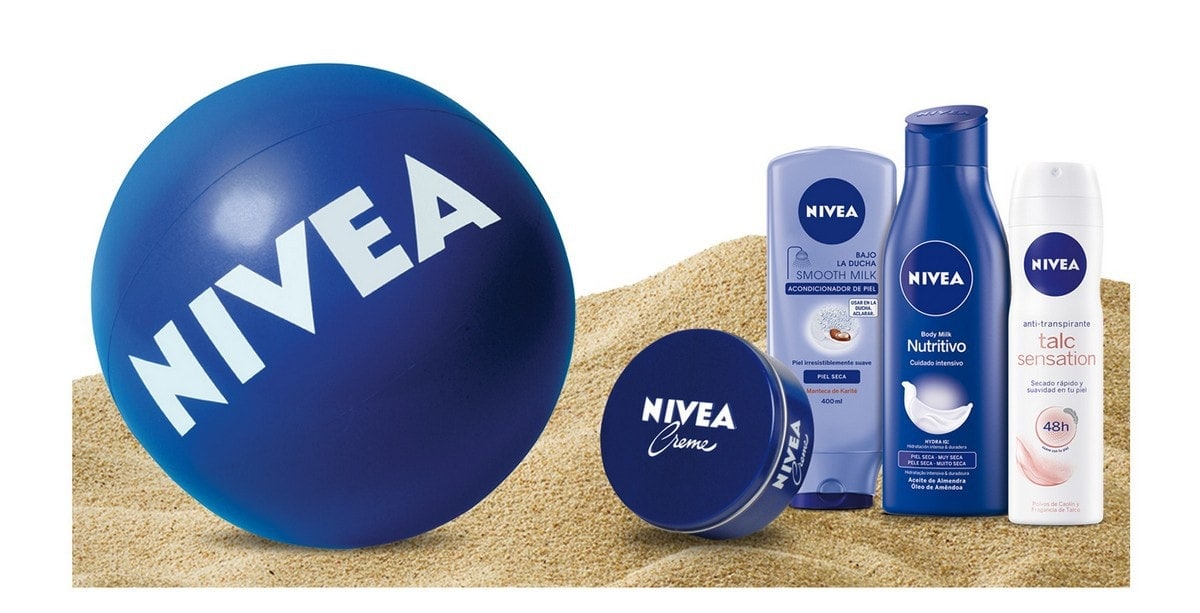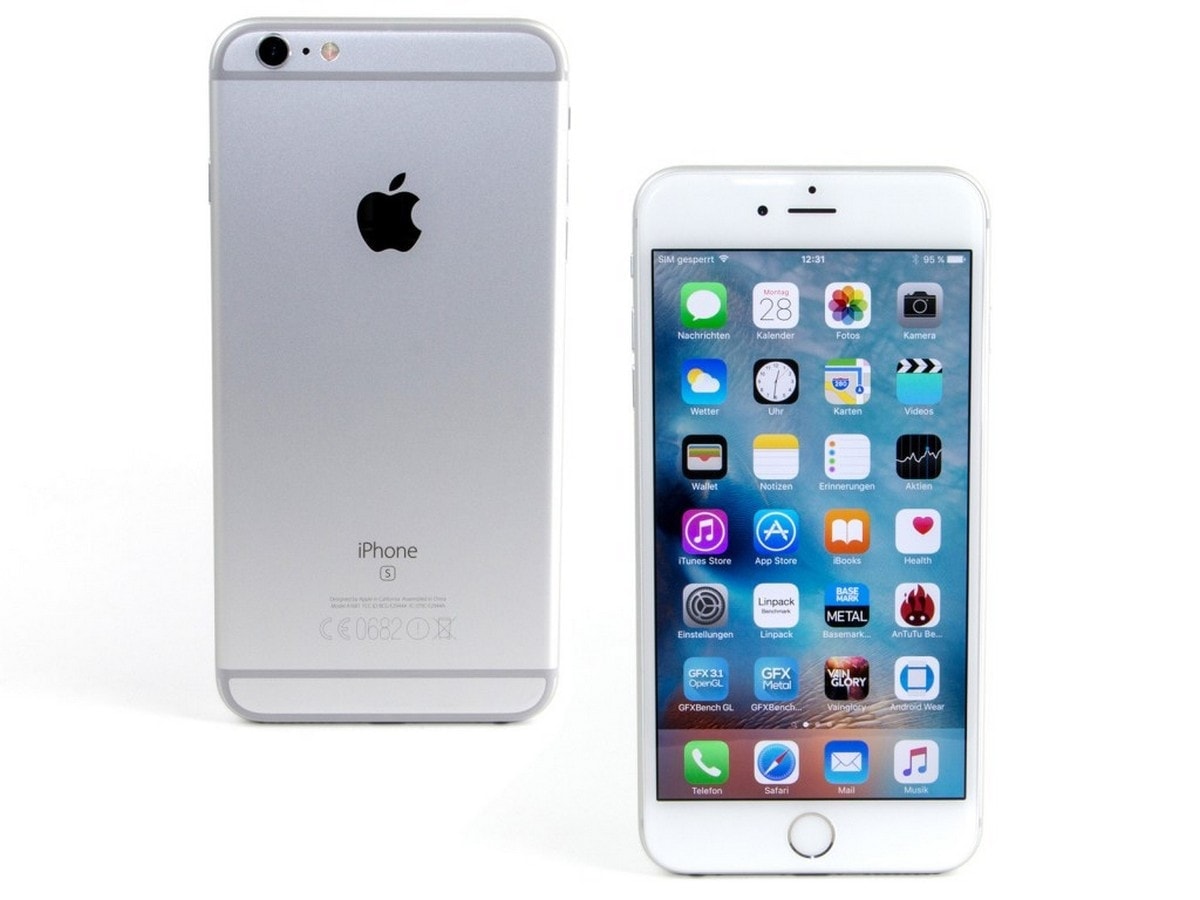
Marketing Strategy of NIVEA - NIVEA Marketing Strategy
Home » Strategies » Marketing Strategy of NIVEA
Marketing Strategy of NIVEA
June 13, 2018 By Hitesh Bhasin Tagged With: Strategies
The first oil and water based revolutionized cream brand was founded by the parent company Beiersdorf in the year 1911. The logic behind the name Nivea is that it is derived from the Latin word “nix, nivis” which means snow white.
The originally formulated cream was a mixture of oil, water, glycerine, citric acid, and rose fragrance, this formula has changed little over the period of more than 100 years.
In 1980, with rising customer trust in the brand the company introduced new products in skin care, bath care, Men products business segments.
Table of Contents
Segmentation, targeting, positioning in the Marketing strategy of NIVEA-
Customer groups on the basis of gender (Men/ Women) and age (Baby/ Millennial) has been defined by the company to offer them products as per the life stage to which they belong to. The income group to which the offerings will be suitable will be the upper middle and middle-income social class.
Nivea has always made their products with the view to mass market it with different offerings for a different set of buyers and making it available in smaller to large SKU’s (stock keeping units).
The brand has positioned itself based on the moisturizing nature and products which are not harsh to the skin or hair.
Marketing mix – Here is the Marketing mix of Nivea
SWOT analysis – Here is the SWOT analysis of Nivea
Mission- “Not Available”
Vision- “Not Available”
Tagline–“Trusted, loved and always reliable – For more than 100 years”
Competitive advantage in the Marketing strategy of NIVEA –
1. Bouquet of products:
Since the company has strong product portfolio catering to each customer segment like Men, Women, and Baby, it is helping the company in increasing its TRV (Total Relationship Value) of the customers during customer Lifecycle which ensures repeat purchases and crosses sell opportunities to the existing customer base of the brand.
2. Experience bought in by the parent company:
As the parent company of the Brand is already dealing in 7 brands in the skin care and body care industry so it is easy for the company to understand the market and come up with the products which are best suited to the changing needs of the customers and at the same time cannot be copied by the competitors.
BCG Matrix in the Marketing strategy of NIVEA-
The brand operates in four reportable business segments i.e. Body care, Suncare, Men product and face cleansing & nourishing business.
The Body care and face cleansing & nourishing products of the brand is the bread & butter since its inception and is, therefore, is Stars in the BCG matrix. However the Baby care products have been the new business segment that the brand has entered into and Nivea in 2017 started strengthening Sun care portfolio, both the portfolio is still struggling to make its marks on the market, therefore, is the question mark in the BCG matrix.
Distribution strategy in the Marketing strategy of NIVEA–
Nivea distributes the offerings of the brand with the help of 17000 odd employees of the parent company Beiersdorf and more than 170 affiliates across the globe.
By using affiliates it makes sure to control the distribution cost and penetrate to the remotest areas of the market.
Also, the skin care products developed by the brand are tailored to the local needs and giving due consideration to the demographic and environmental factors. It distributes its product to all the six continents i.e. North America, Australia, Asia, Europe, Africa, and America.
Brand equity in the Marketing strategy of NIVEA–
To grab the larger market share in the grooming industry the brand has been creating the image of moisturizing, nurturing, no chemicals and appealing brand.
The blue color packaging of the band started in 1925 has become its visual stimulus for creating the association with the brand. Today more than millions of customers use the products of the brand with different skin type and climatic conditions.
Competitive analysis in the Marketing strategy of NIVEA –
Nivea compete in the market on the basis of the array of the products that the brand has for the different customer groups which help it in being connected with the customer in whole customer lifecycle i.e. Men products when the customer is unmarried, Women products when he gets married and baby products when they have a newborn baby.
Nivea competes with its own parent company’s skincare & body care brands such as Labello, La Prairie, Eucerin, Florena, Hansaplast and 8*4 and peer brands in the market such as Loreal, Ponds, Jhonson & Jhonson and Lakme.
Market analysis in the Marketing strategy of NIVEA-
Increase in penetration of social networking sites and people getting crazy over their personality acceptance in the society, there is the rise in the skincare and beauty care industry. Nivea has been following product line extension, market development and product development strategy like introducing Nivea baby care products, licorice extract body lotion in India in 2017, Urban Skin detox, Deep Moisture Serum and sunscreen with the cooling effect.
In order to understand the emerging and developed economies in a better way company have a team of 600 researchers working in research & development labs in Brazil, Japan, USA, China.
Customer analysis in the Marketing strategy of NIVEA–
Customers of the brand are those who give extra care to their skin tone, cleaning, softening and tanning. Majority of the customers of the brand are in the age group of 20-45 years and the brand has been focusing on Men & Women grooming products for those customers who are in the upper middle or upper-income group social class and are either are working professionals or are studying in colleges.
Customer purchase the brand offerings as they feel that it soften their hard screen, have little ono side effects and make customers feel confident.










